Postwar Japan’s First?
If the Russo-Ukrainian War has taught us anything, it is the reevaluation of artillery in modern warfare, particularly the importance of self-propelled howitzers and their ability to “shoot and scoot.”
This is true for Japan as well, where the Japanese Ground Self-Defense Force (JGSDF), despite being an army of an island nation, has maintained its artillery systems in preparation against a possible Russian invasion.
Currently, JGSDF uses the Type 99 155mm self-propelled howitzer and the truck-mounted Type 19 wheeled self-propelled howitzer, bringing their artillery to global standards.
But, their path was not an easy one, since developing a self-propelled howitzer proved to be more difficult than initially anticipated.
Nonetheless, Japan launched its first postwar self-propelled howitzer in the 1970s, which is the little-known “Type 74 Self-Propelled 105mm Howitzer” since only 20 units were ever made.
So, what was this rare equipment?
- General Overview
| Mass | 16.5t |
| Length | 5.78m (19ft) |
| Width | 2.87m (9.41ft) |
| Height | 3.2m (10.5ft) |
| Crew | 4 people |
| Speed | On Land: 50km/h (31 mph) On water: 6km/h (3.7mph) |
| Range | 300km (187 mi) |
| Armament | 105mm howitzer×1 12.7mm machine gun×1 |
The Type 74 howitzer’s development began in the 1960s to replace the towed type 105mm howitzer, and the prototype was completed in 1970.
While it is described as postwar Japan’s first indigenous self-propelled howitzer, this is somewhat both true and false. Strictly speaking, there was an earlier model developed in 1957 called the “Type 56 105mm Self-Propelled Howitzer.”
However, this failed several performance tests and was ultimately scrapped, leaving JGSDF with only two prototypes.
Thus, the Type 74 is the first to be officially adopted and produced in numbers.
It actually shares some components with the Type 73 armored personnel carrier, reducing development costs and improving maintenance efficiency. The body was made of aluminum alloy, and it could traverse rivers on its own using a special kit, albeit the preparation was laborious.
Compared to modern types, the Type 74 may appear small, but it could carry four crew members and 43 rounds of ammunition inside.
The 105mm gun had a range of 14.5km (9 miles) and could fire up to 10 rounds per minute, at least on paper.
But, it did not come with an autoloader, making the entire procedure dependent on manpower, and thereby causing the firing rate to drop over time due to fatigue.
Furthermore, there were nine different types of propellant charges, each varying in gunpowder content, based on the target’s range.
Needless to say, this was a much more complex process than today’s automated system, heavily relying on the crew’s capability and level of training.
Even so, the significance of overcoming the Type 56’s failure and becoming the first postwar “Made-In-Japan” howitzer cannot be understated, and there were no critical shortcoming in terms of performance.
Outdated Upon Arrival
Then, why were only 20 units produced?
Well, by the time the Type 74 self-propelled howitzer was introduced, the world had already transitioned to the large-caliber 155mm guns.
In other words, the Type 74 was starting to become obsolete upon its deployment, especially regarding its firepower in comparison to the 155mm caliber.
Although the 105mm gun had a high rate of fire and was more maneuverable than a 155mm howitzer, its firepower was deemed insufficient for the near future, and falling behind other nations was unacceptable in a Cold War environment.
In fact, JGSDF recognized this trend pretty early on, and simultaneously introduced the “Type 75 Self-Propelled 155mm Howitzer.”
As a result, rather than mixing 105mm and 155mm calibers, Japan decided to standardize on the latter, leading to the production of just 20 units.
All Type 74s were concentrated to a single battalion of the 4th Artillery Group in Hokkaido, being used for about 25 years before its decommission in 2000.
Many of these units are now on display at various JGSDF bases, ironically making them easier to encounter than when they were still active in Hokkaido.

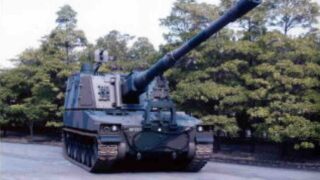
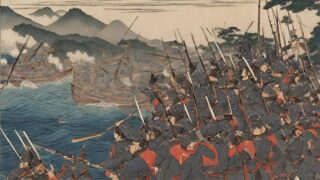
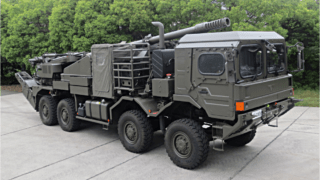
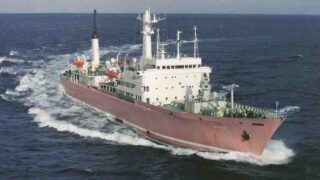
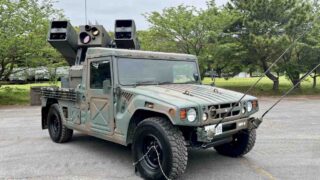
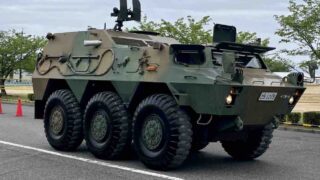
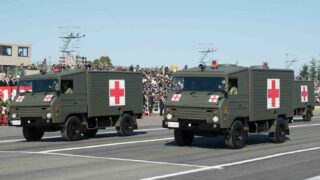
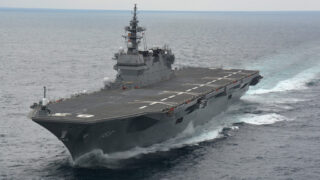

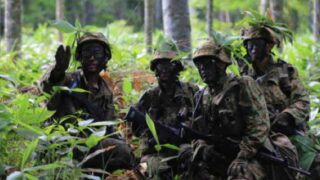
-320x180.jpg)
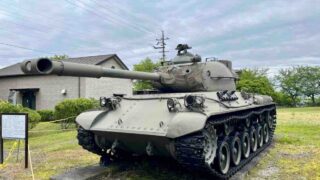
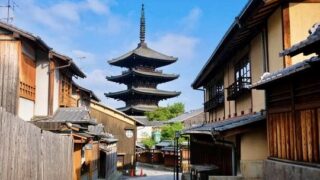
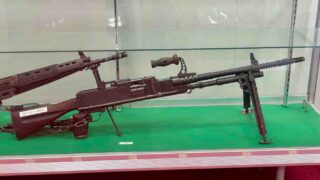
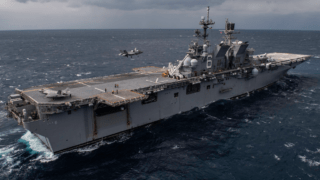
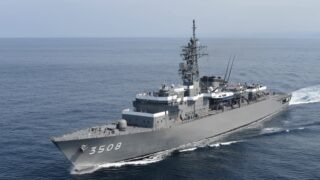
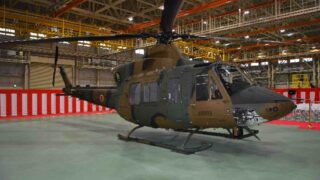

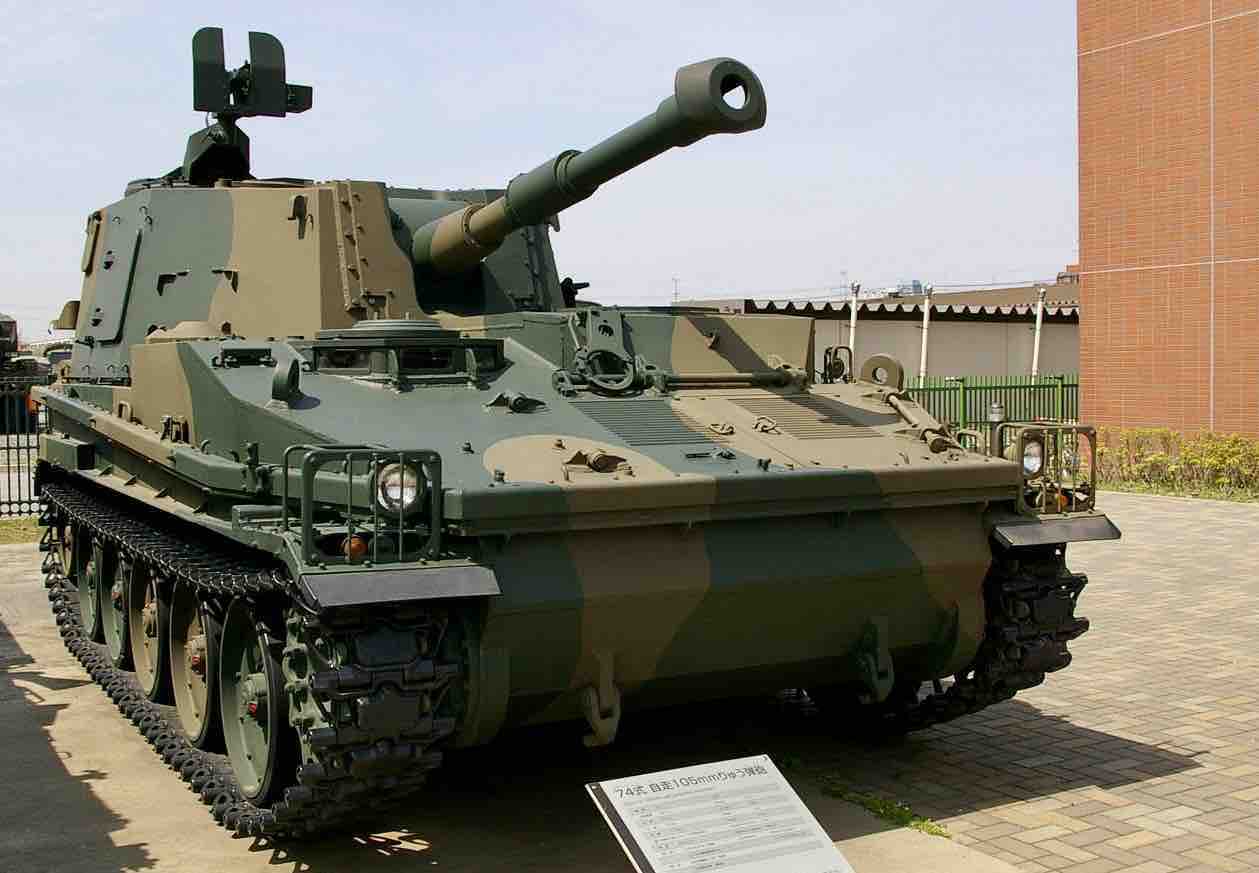
Comments